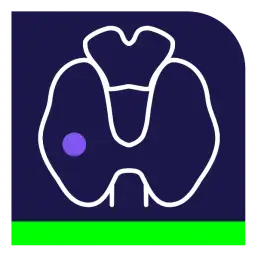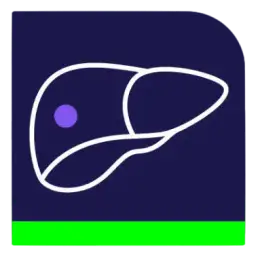CRADS Calculator v. 2023
References:
- Zalis ME, Barish MA, Choi JR, et al. CT colonography reporting and data system: a consensus proposal. Radiology. 2005;236(1):3-9. doi:10.1148/radiol.2361041926
- Pooler BD, Kim DH, Lam VP, Burnside ES, Pickhardt PJ. CT Colonography Reporting and Data System (C-RADS): benchmark values from a clinical screening program. AJR Am J Roentgenol. 2014;202(6):1232-1237. doi:10.2214/AJR.13.11272
- CT Colonography Reporting and Data System (C-RADS): Version 2023 Update Judy Yee, Abraham Dachman, David H. Kim, Mariya Kobi, Andrea Laghi, Elizabeth McFarland, Courtney Moreno, Seong Ho Park, Perry J. Pickhardt, Andrew Plumb, B. Dustin Pooler, Michael Zalis, and Kevin J. Chang Radiology 2024 310:1
Related Calculators:
More About the CRADS Calculator
The CT Colonography Reporting and Data System (C‑RADS®), endorsed by the American College of Radiology (ACR), is a standardized framework designed to streamline the classification of findings from CT colonography (CTC). Since its initial release in 2005, C‑RADS has been instrumental in enhancing consistency, clarity, and clinical decision-making for both colonic and extracolonic observations. The 2023 update brings important refinements to the system, further optimizing its utility for radiologists and referring clinicians.
Key Updates in the 2023 C‑RADS Version
- Introduction of C2b Subcategory: This new classification identifies mass-like diverticular strictures that visually resemble polyps but are commonly benign. This differentiation helps minimize unnecessary colonoscopies.
- Extracolonic Category Consolidation: E1 and E2 have been merged into a unified E1/E2 category, reflecting the clinical understanding that neither warrants additional imaging or follow-up.
C‑RADS® Colon Categories and Recommended Actions
- C0: Incomplete or technically inadequate CTC — repeat imaging is recommended.
- C1: Normal colon or findings considered unequivocally benign — standard interval screening applies.
- C2a: Indeterminate 6-9 mm polyps — recommend either short-term follow-up CTC or colonoscopy.
- C2b: Mass-like but likely benign strictures — further evaluation with targeted follow-up may be appropriate.
- C3: Lesions suggestive of advanced adenomas — diagnostic colonoscopy advised.
- C4: Highly suspicious findings, such as masses — urgent colonoscopy and further management warranted.
Extracolonic Findings Classification
Extracolonic observations are sorted into categories based on their clinical relevance. E1/E2 covers benign or incidental findings that typically require no further evaluation. In contrast, E3 includes potentially significant anomalies, and E4 reflects findings that may require prompt investigation due to possible serious implications.
Clinical Benefits and Workflow Efficiency
- Standardized Reporting: Adherence to ACR-approved guidelines enhances clarity and reduces subjective variability in radiology reports [1].
- Optimized Patient Care: Structured classifications help avoid unnecessary invasive testing and guide appropriate follow-up pathways.
- Risk Stratification: Differentiation between benign, indeterminate, and high-risk lesions supports better shared decision-making.
- Data Uniformity: The system’s consistent language facilitates quality assurance, research standardization, and benchmarking efforts [2].
How to Use the CRADS 2023 Calculator
The calculator allows radiologists to input polyp size, location, morphology, and extracolonic findings to automatically generate the appropriate C‑RADS category. The output includes:
- Category assignment aligned with 2023 ACR recommendations
- Built-in follow-up suggestions, such as surveillance timelines for C2a lesions
- Templates for inclusion in radiology reports or EMR documentation
Conclusion
The C‑RADS® 2023 update introduces strategic refinements that improve diagnostic precision and enhance communication among multidisciplinary teams. With simplified extracolonic categories and a new polyp subcategory, the updated system helps radiologists offer patient-centered, evidence-based care while minimizing ambiguity in colorectal cancer screening protocols.




